
To help Central America stay stable, the US has to provide more significant trade incentives.
Even though the area has repeatedly thrust itself into our radar screen, most Americans and…

Even though the area has repeatedly thrust itself into our radar screen, most Americans and…
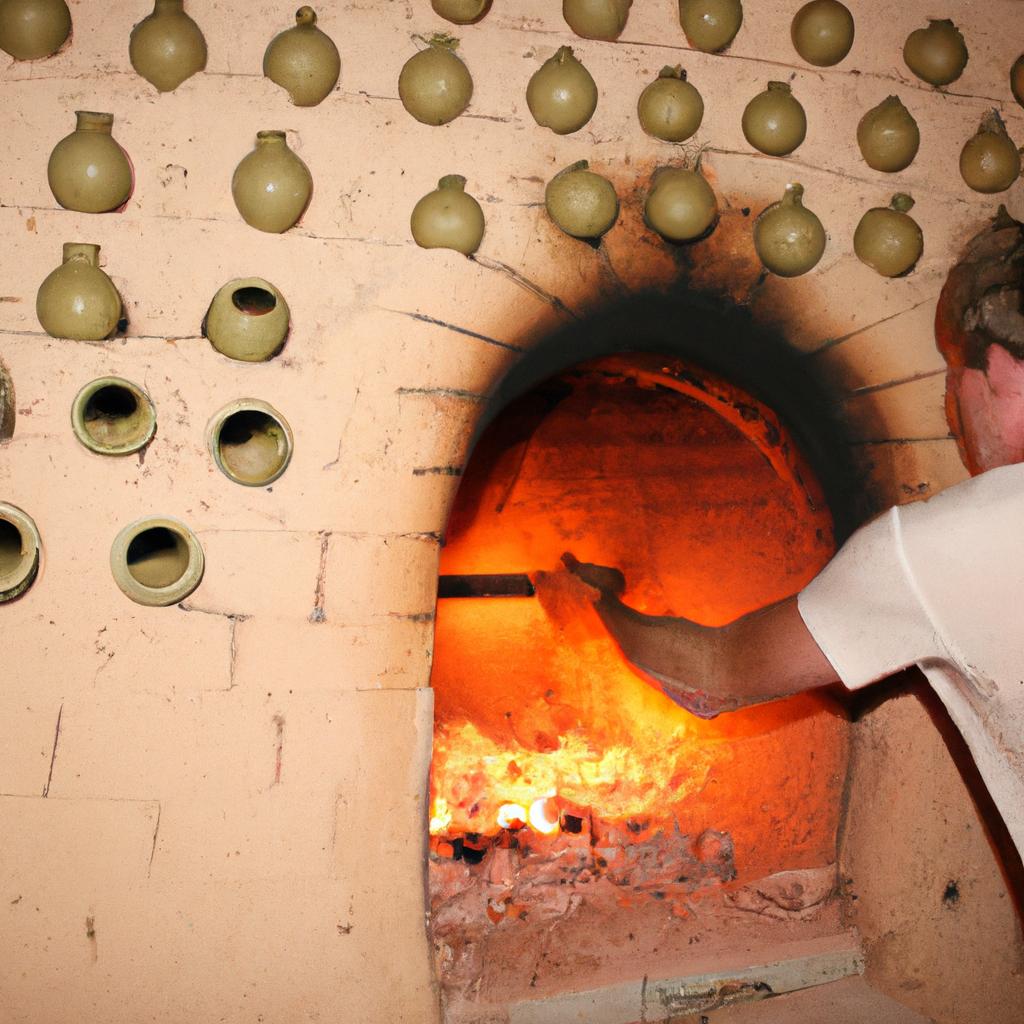
The art of crafting pottery has been practiced for thousands of years, dating back to…

Mortgage debt is a pervasive financial burden that many individuals face in their pursuit of…
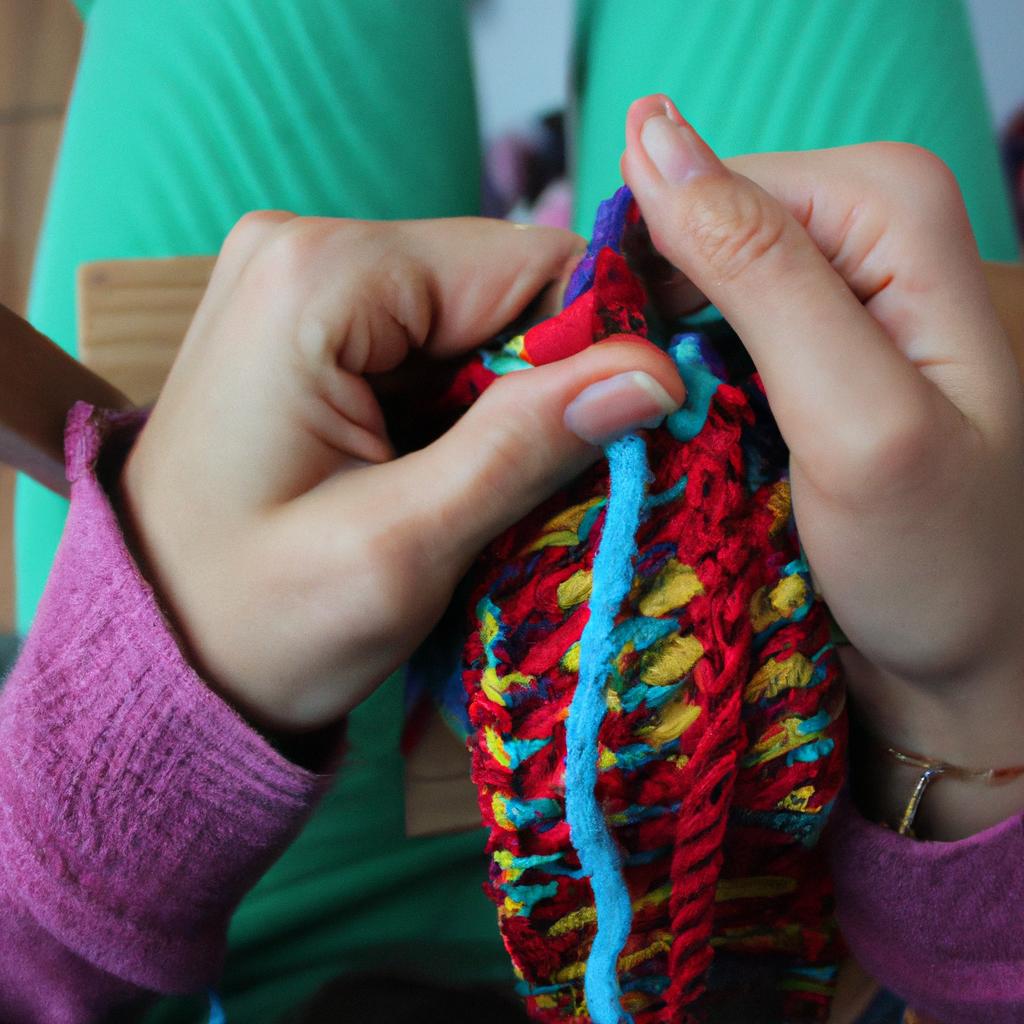
Knitting, a craft that involves the interlocking of yarn loops to create fabric, has been…
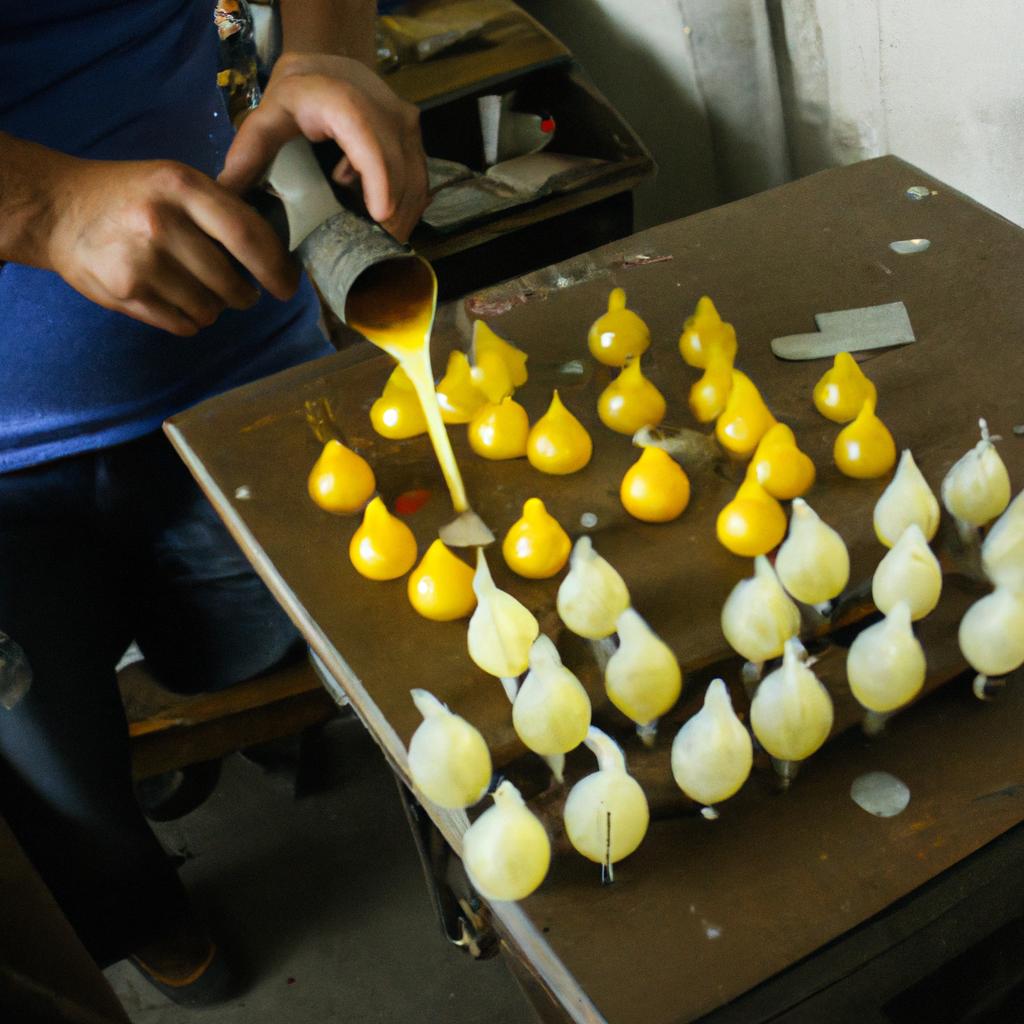
Candle making is a popular craft that allows individuals to create beautiful and aromatic candles…

Knitting, a craft that has been practiced for centuries, offers a myriad of techniques and…

Debt consolidation has emerged as a potential solution to alleviate the burden of tax debt…
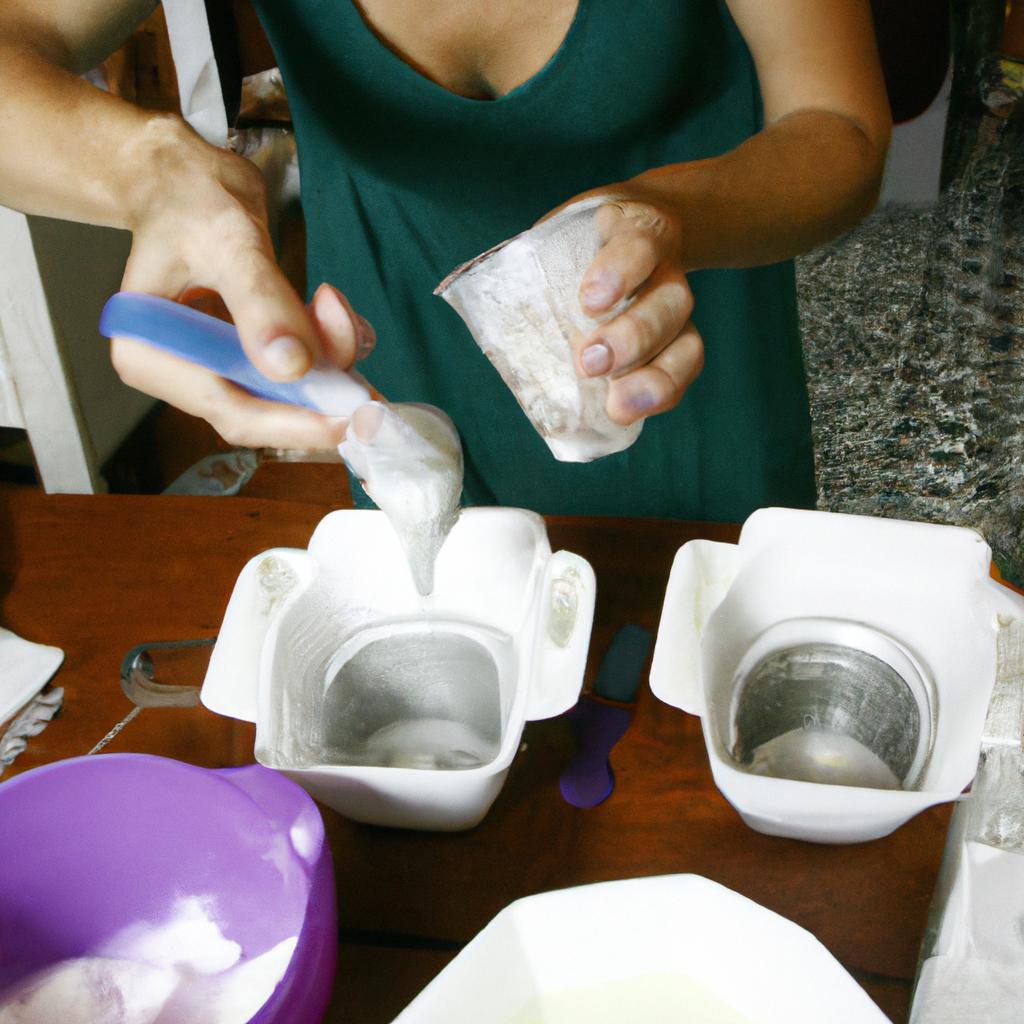
The sense of smell is a powerful tool that has the ability to evoke memories,…

In the realm of personal finance, individuals often find themselves burdened with multiple loans and…
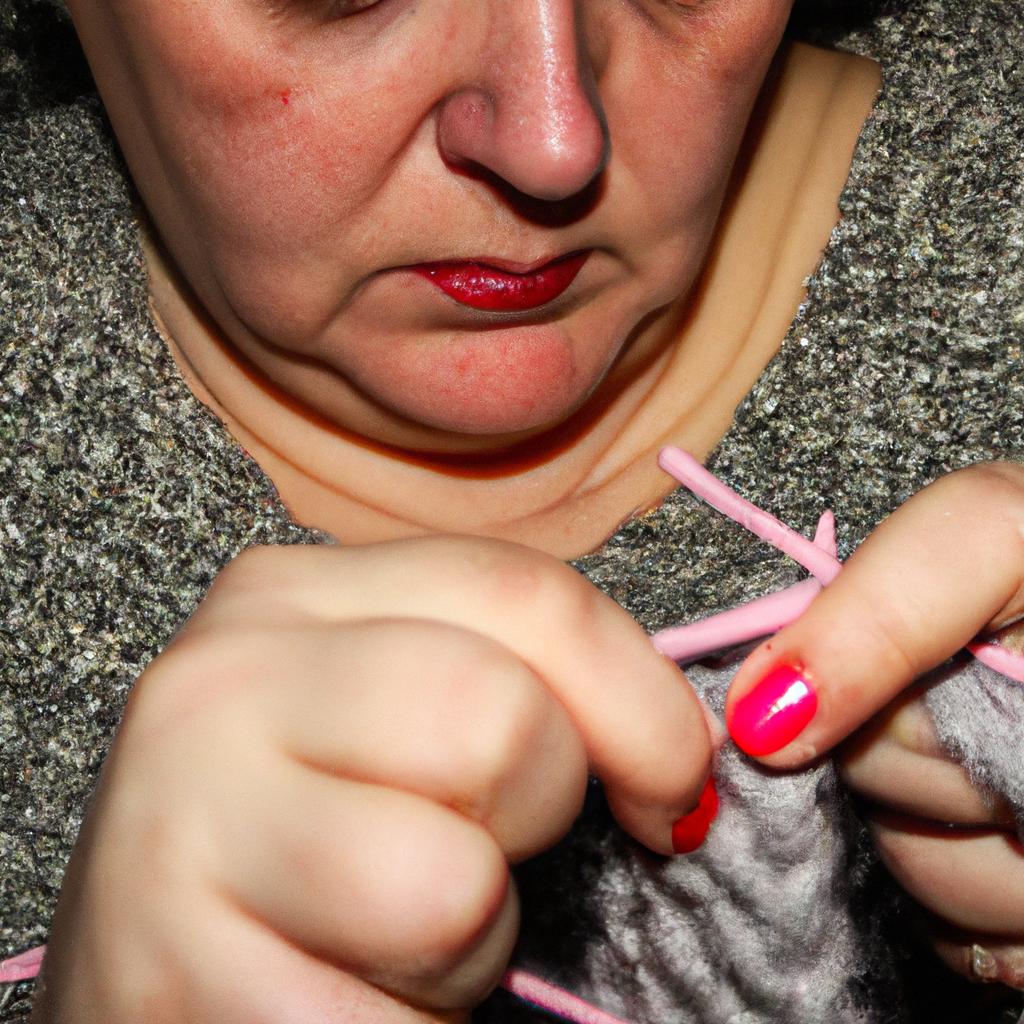
Craft > Knitting: A Comprehensive Guide to Mastering the Art In today’s fast-paced world, traditional…

The art of beading has been practiced for centuries, with origins dating back to ancient…
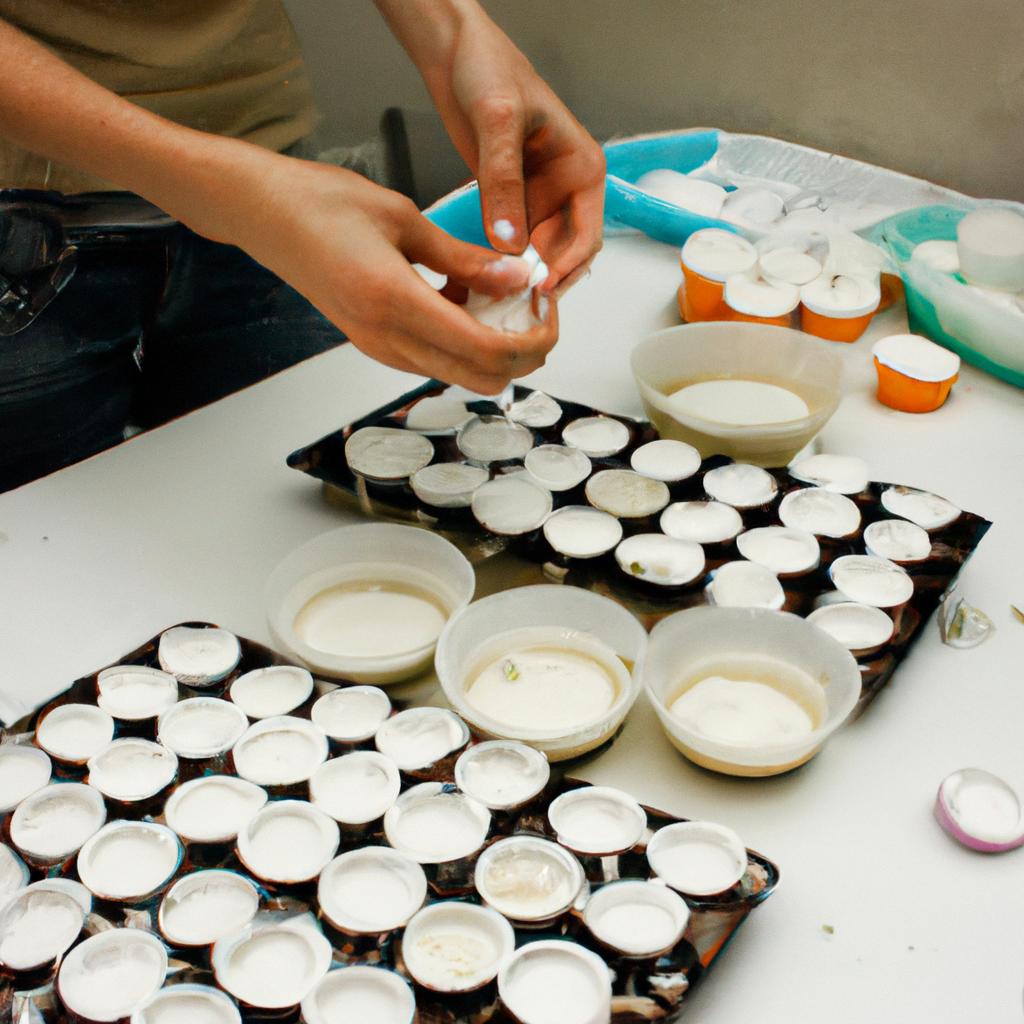
Molds play a crucial role in the craft of soap making, shaping and defining the…

Wire wrapping is a versatile and intricate craft that has been used for centuries to…
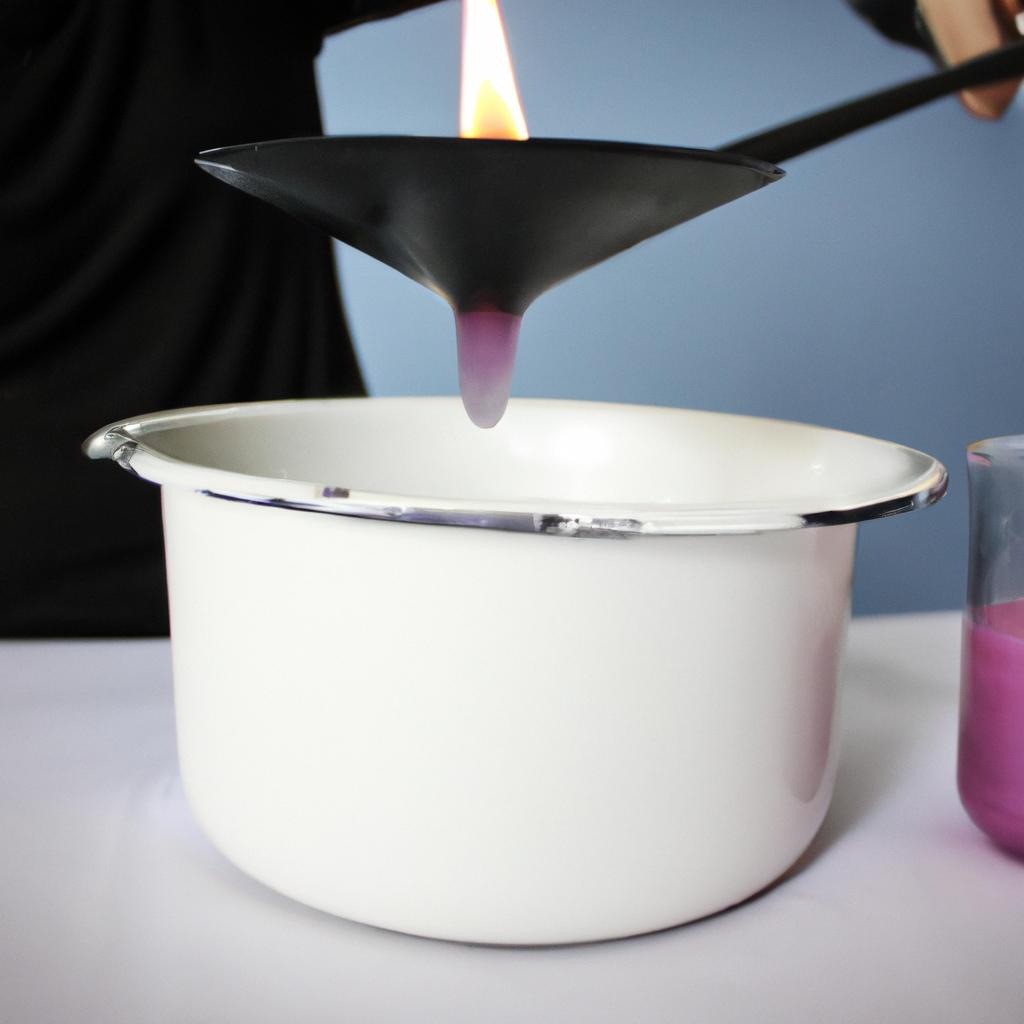
Candle making, a cherished craft that has withstood the test of time, offers individuals an…

Craft candle making is a popular activity amongst individuals who enjoy creating their own personalized…
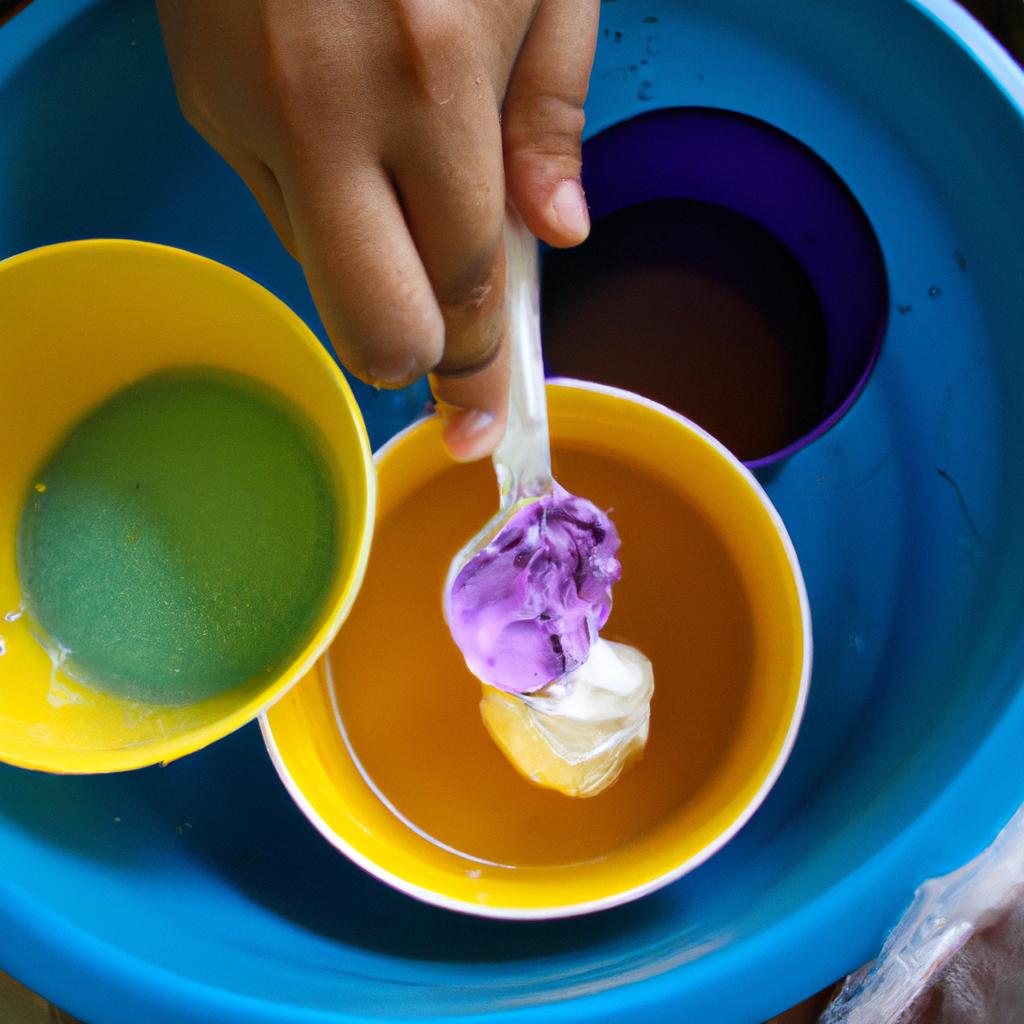
Soap making is an art form that combines science, creativity, and practicality. From the soothing…

Debt consolidation is a financial strategy that aims to streamline multiple debts into one manageable…
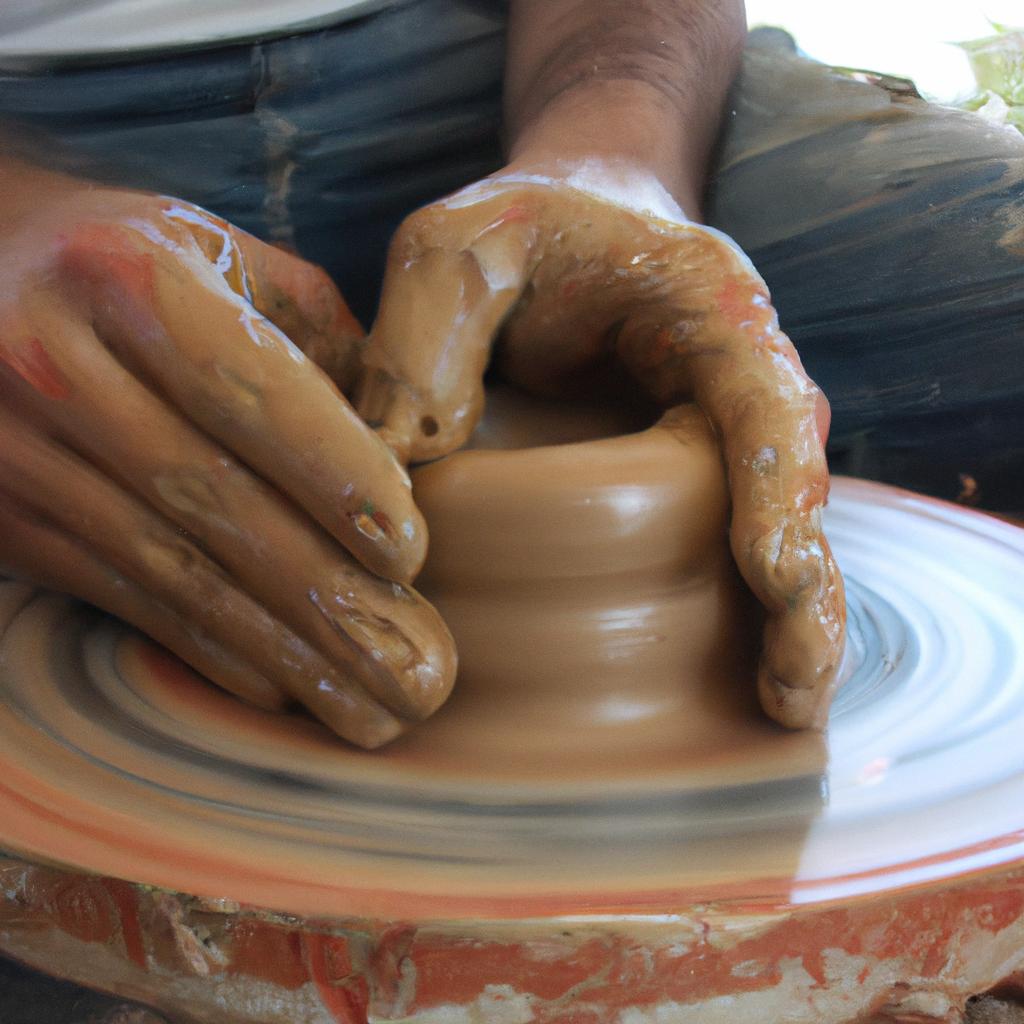
Slip casting is a traditional method of creating ceramic objects that has been practiced for…
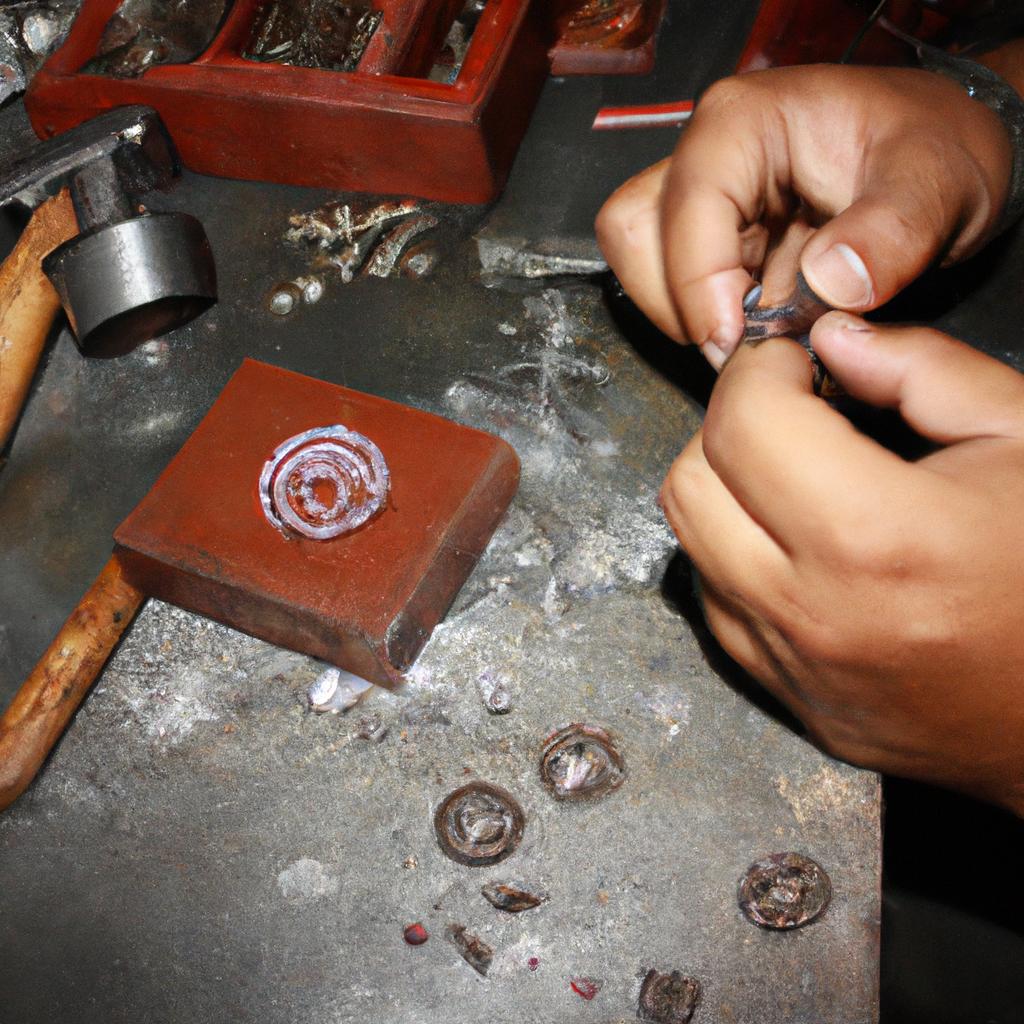
Metalworking in Craft: Exploring the Art of Jewelry Making Imagine a delicate silver necklace adorned…
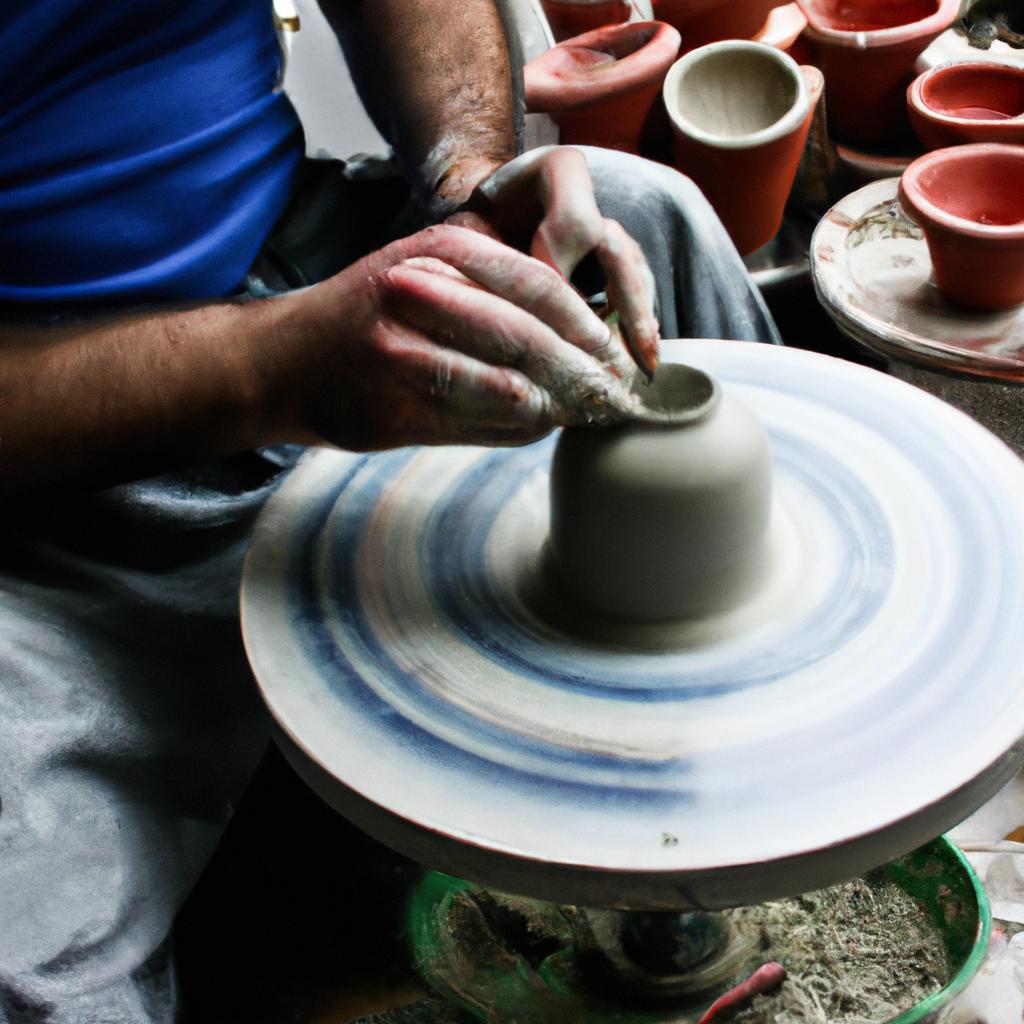
Surface decoration in craft is a fundamental aspect that enhances the aesthetic appeal and expressive…

Credit card debt is an ever-growing concern for individuals and families worldwide. The accessibility and…
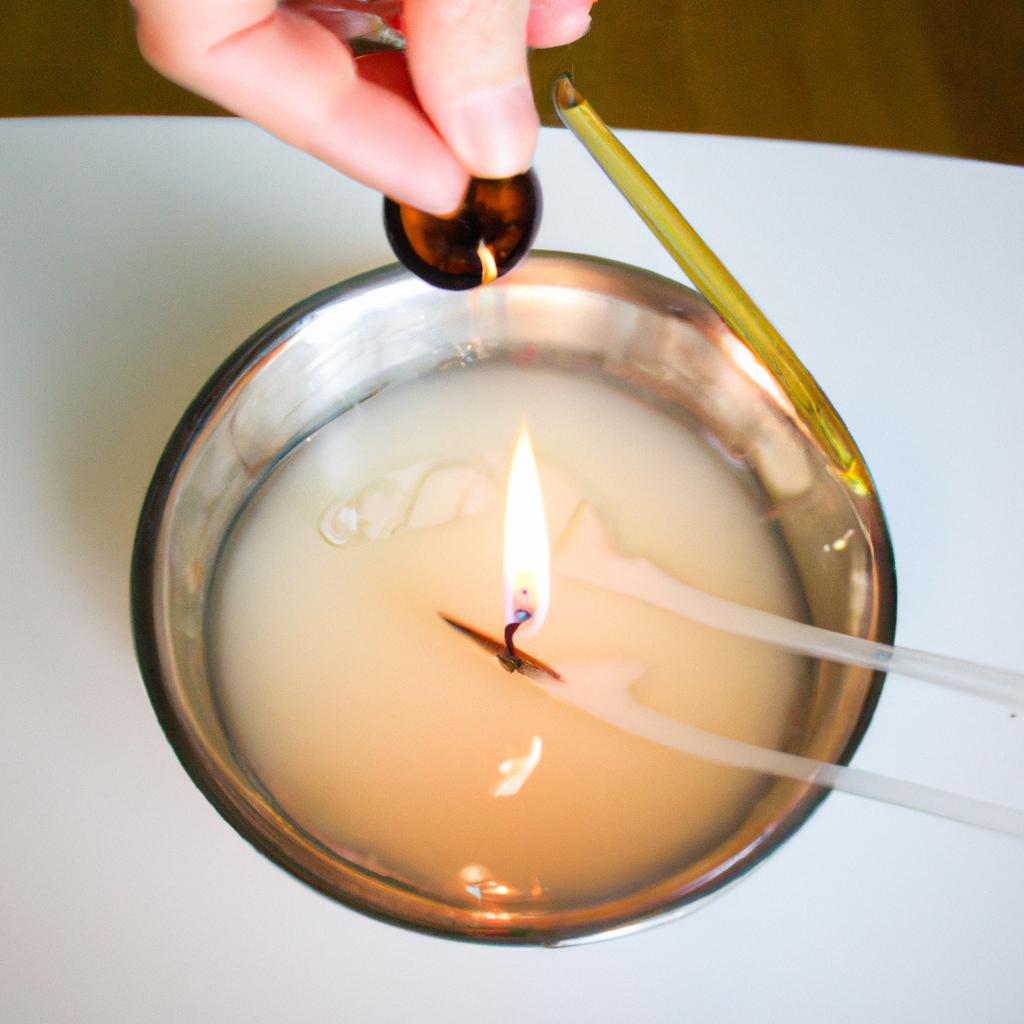
Candle making is a craft that has stood the test of time, dating back to…
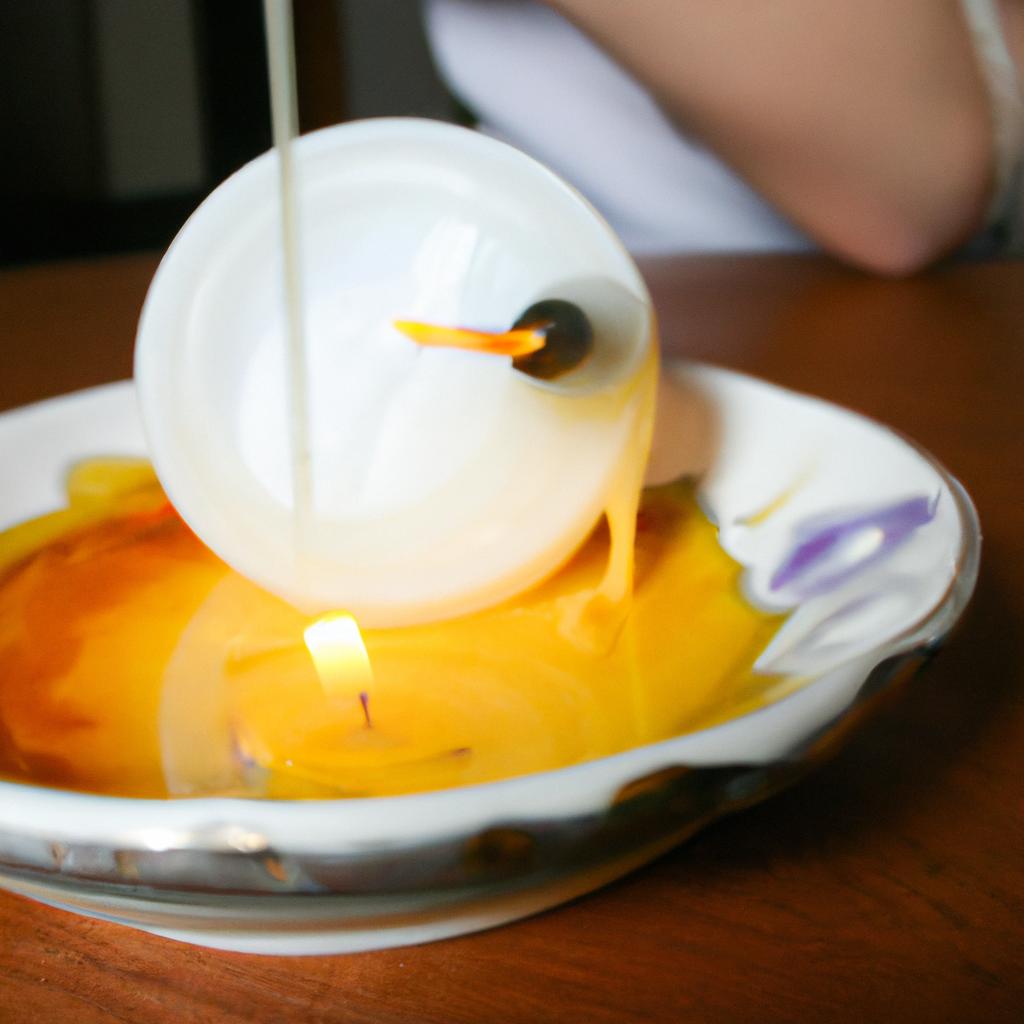
Candle making has been a popular craft for centuries, providing individuals with the opportunity to…
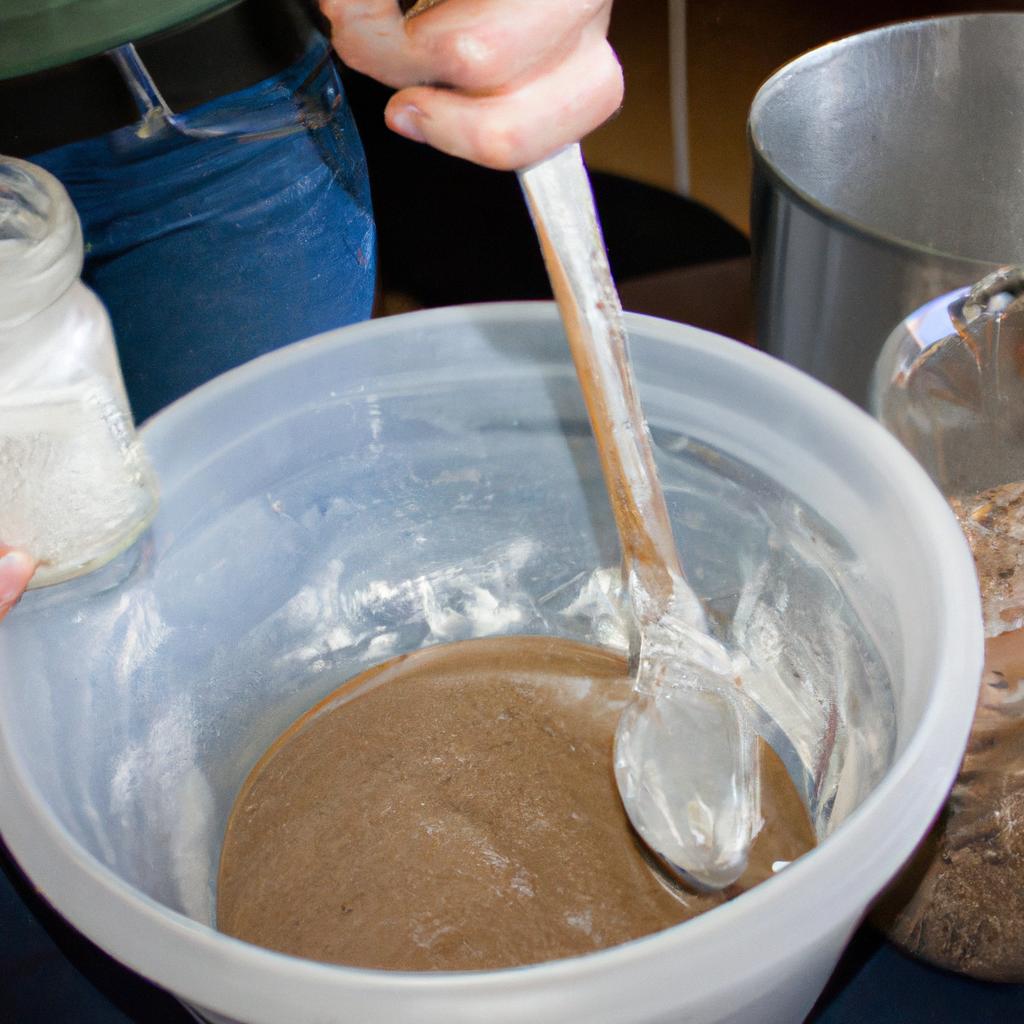
Soap making is a craft that has been practiced for centuries, utilizing various ingredients to…
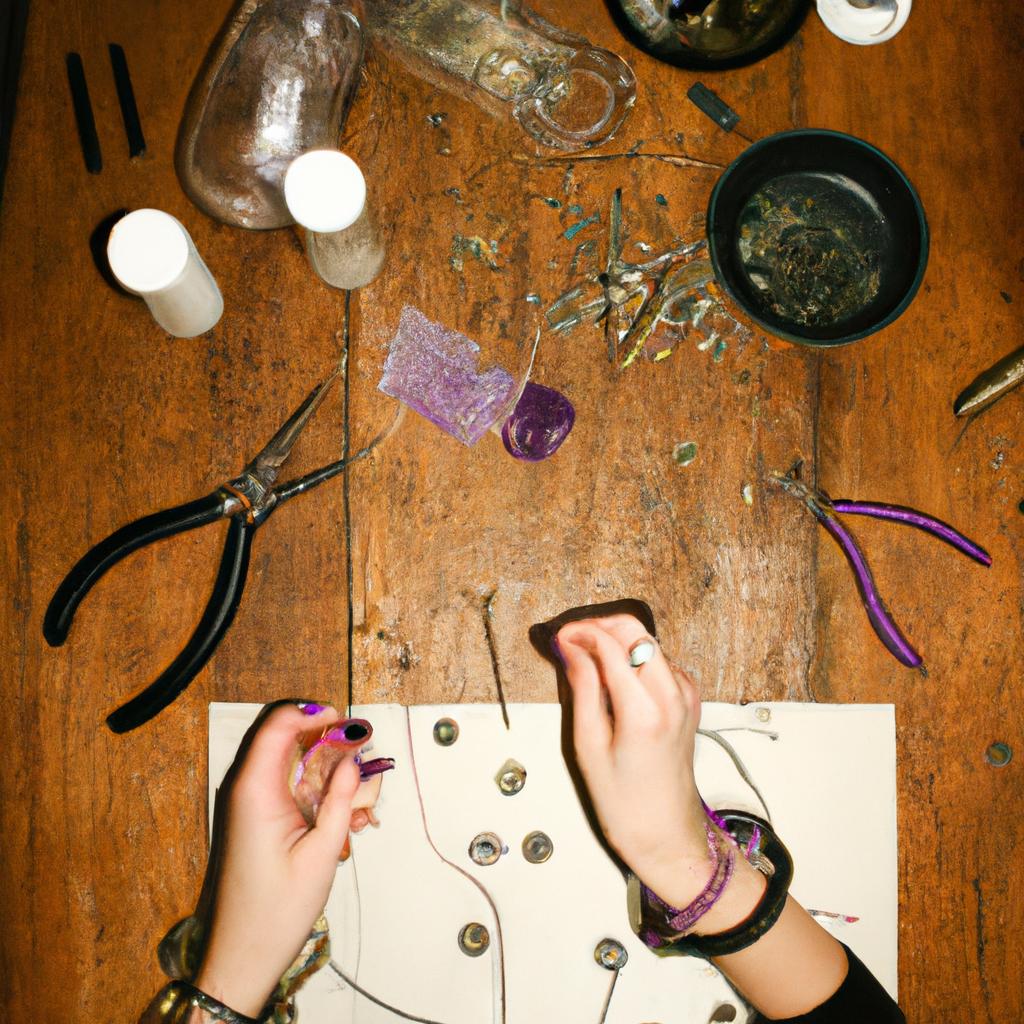
Crafting Gems: A Guide to Jewelry Making Jewelry making is an art form that has…
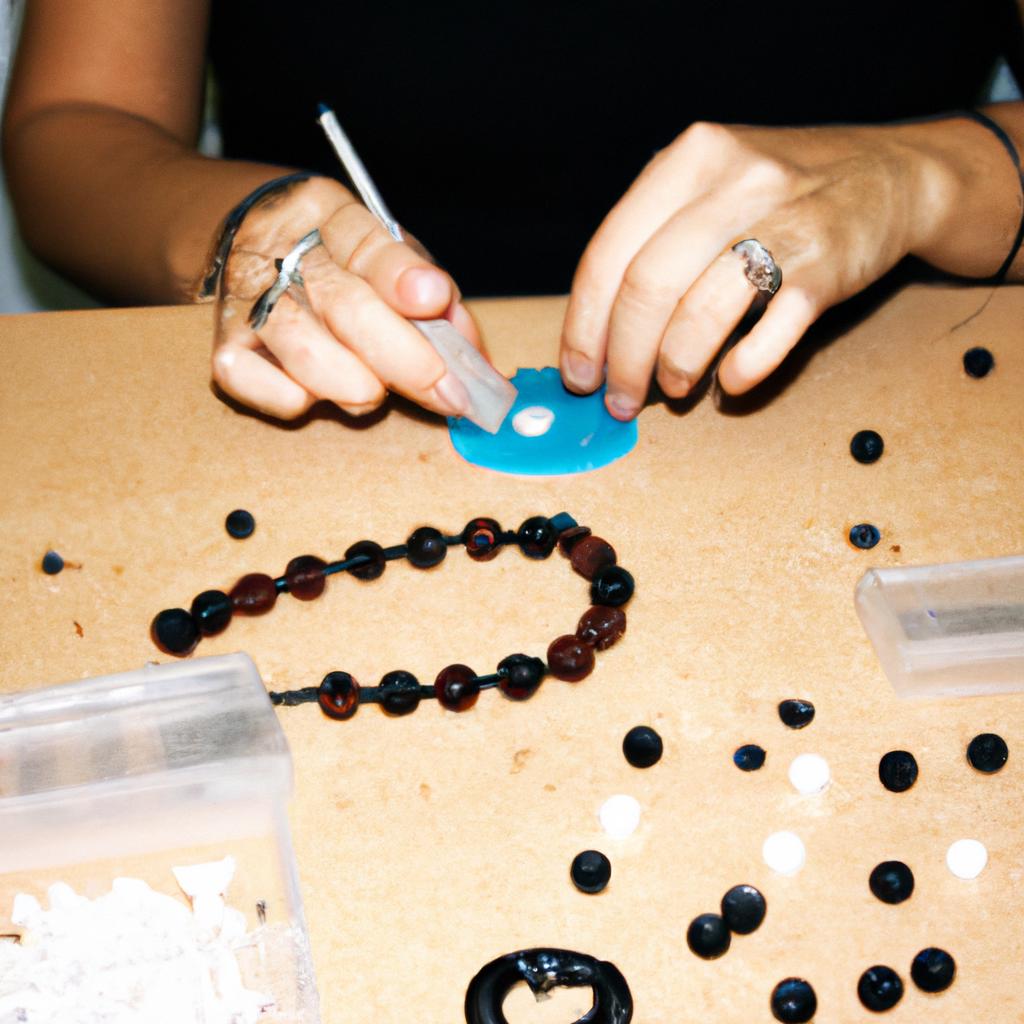
The craft of jewelry making has a rich history that spans across cultures and centuries,…
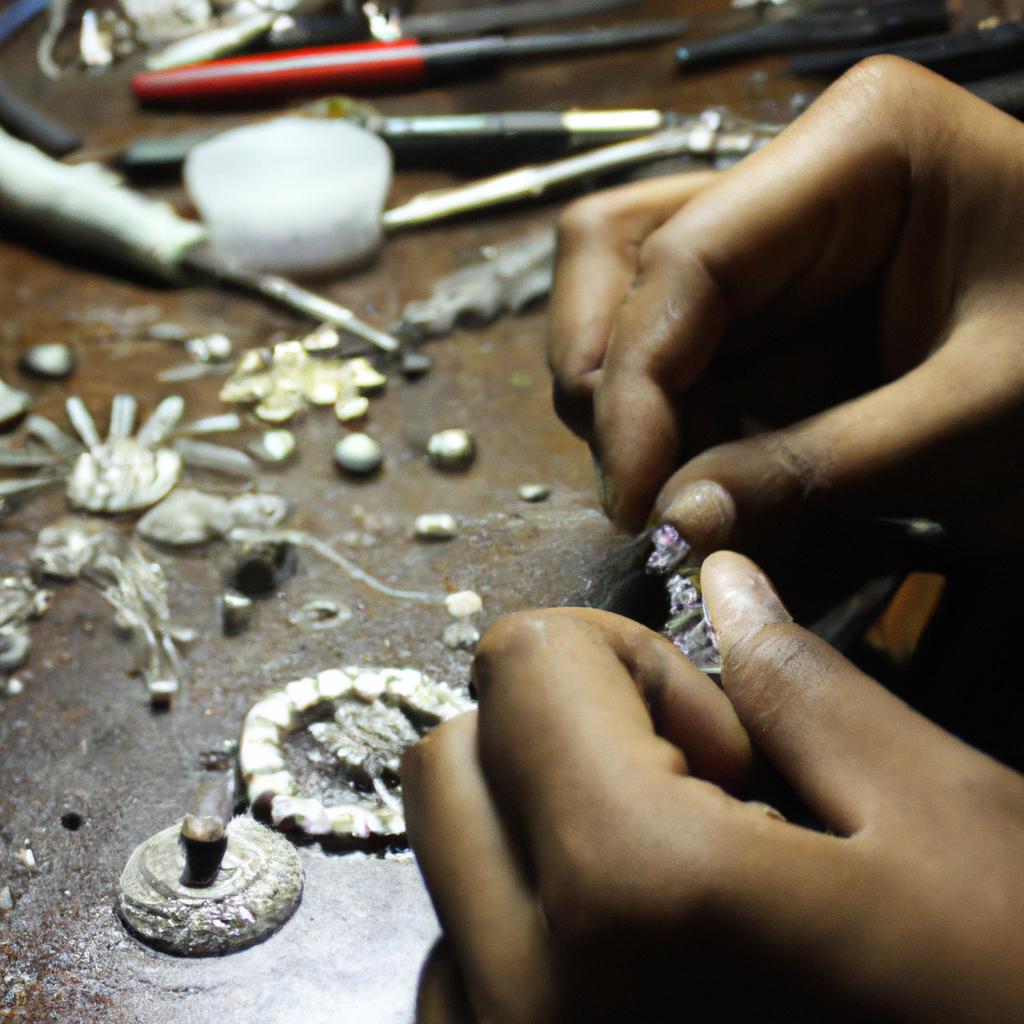
Jewelry making is an intricate craft that requires a combination of creative vision and technical…
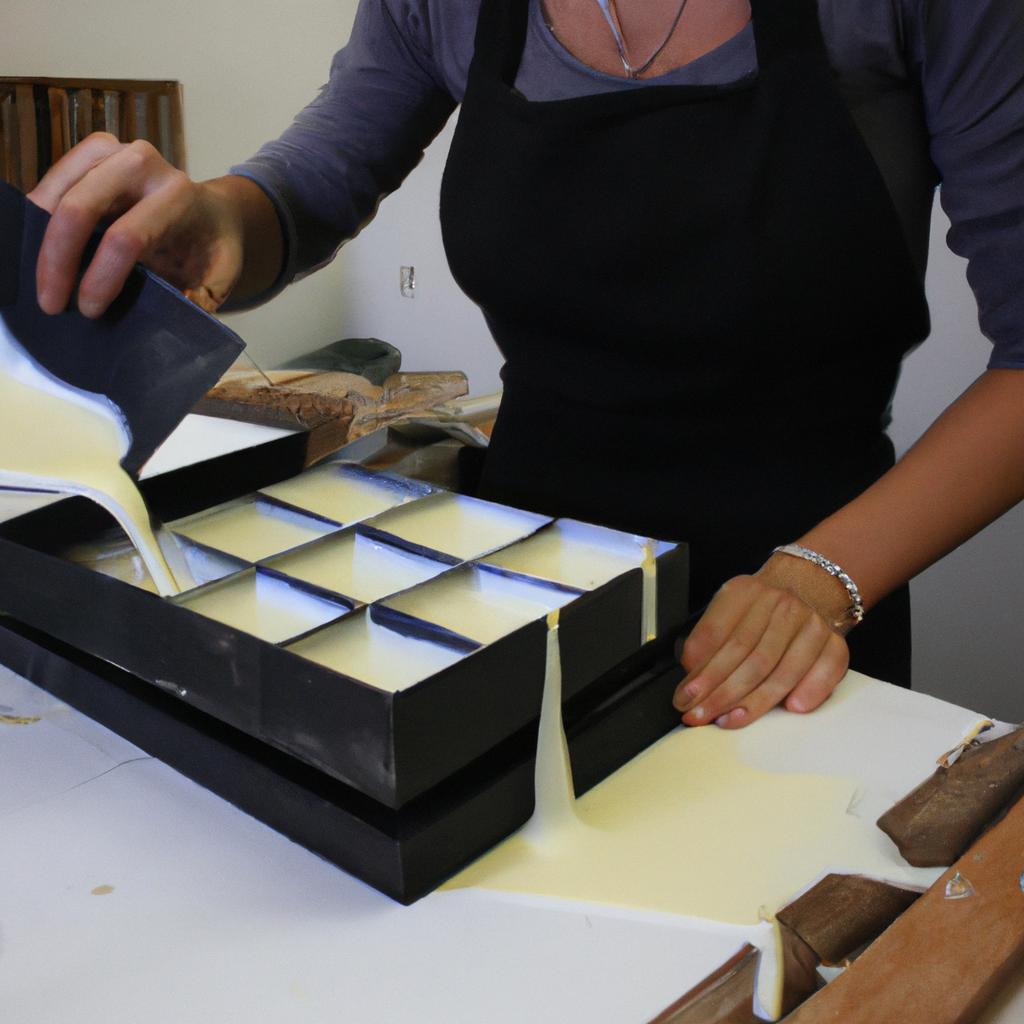
Candle making is an ancient craft that has gained popularity in recent years as a…

Wheel throwing is a fundamental technique in pottery that involves shaping clay on a spinning…

In today’s society, student loan debt has become an increasingly pressing issue for many individuals…
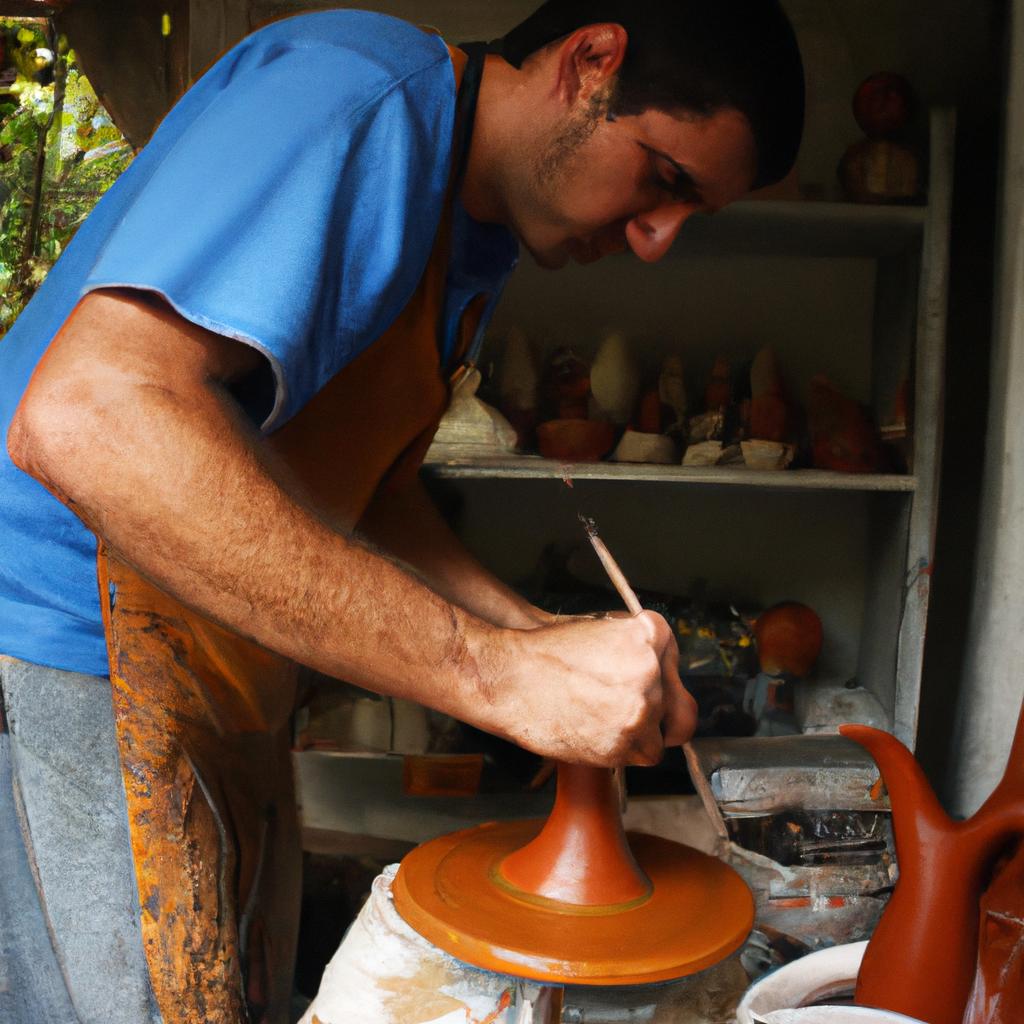
Pottery has been a significant form of artistic expression for centuries, with its origins dating…

In contemporary society, medical debt has become a pervasive issue that affects individuals and families…
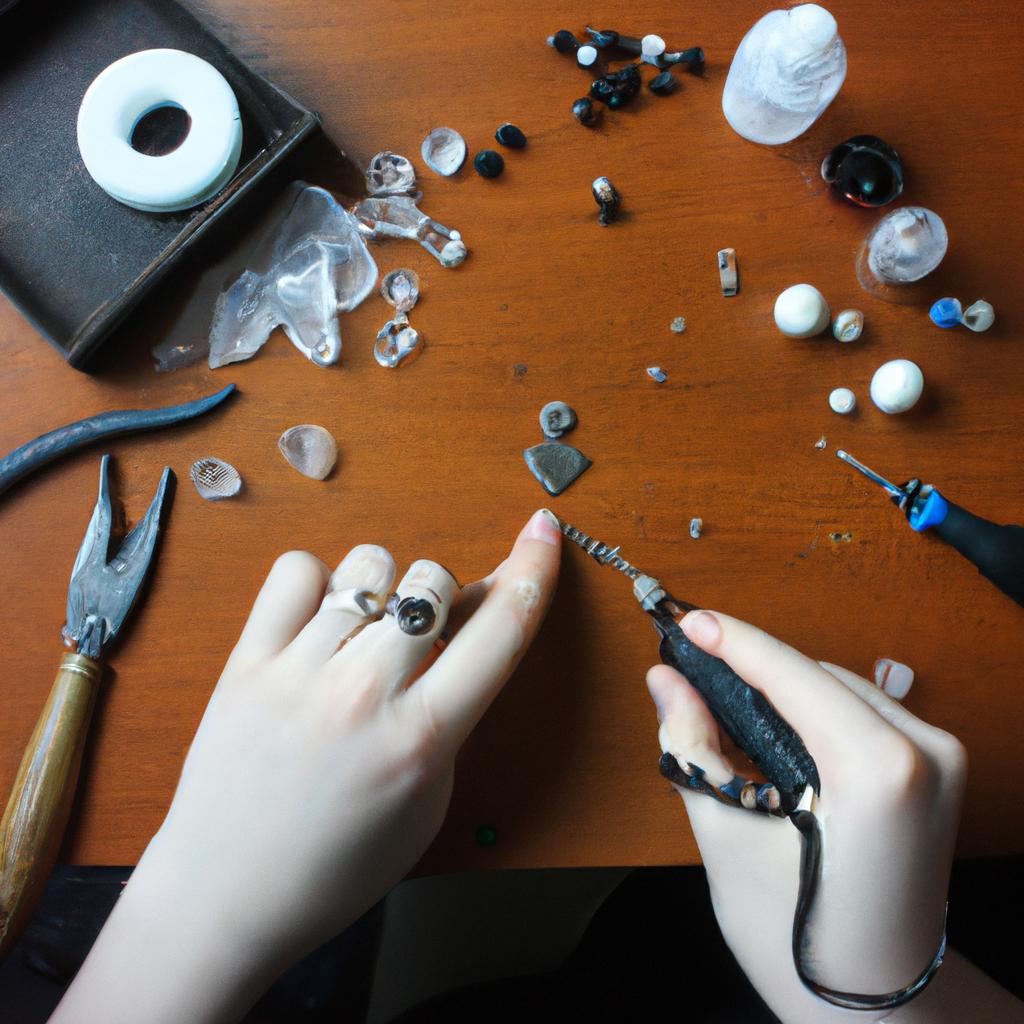
Crafting Shine: Tools for Jewelry Making Imagine a skilled jeweler, meticulously crafting a stunning necklace…
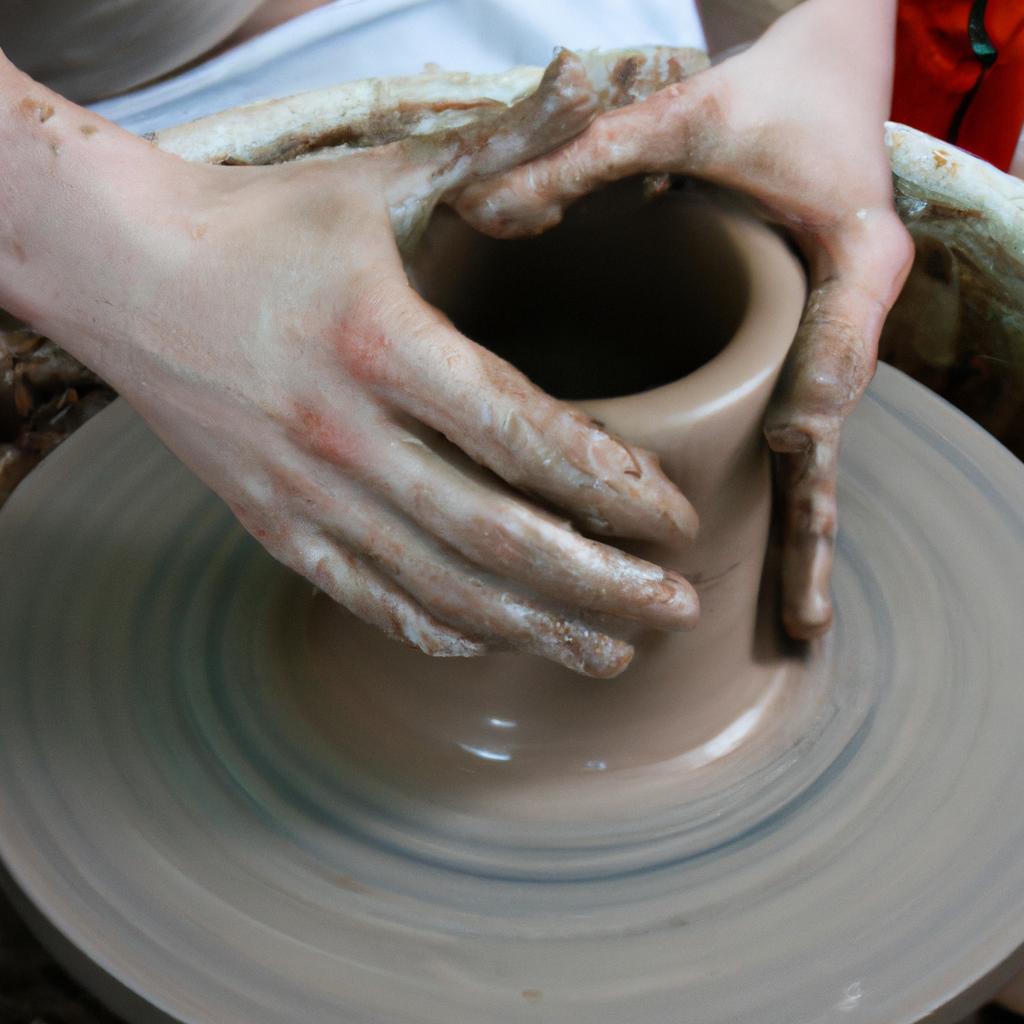
Handbuilding is a fundamental technique in the realm of pottery craft, allowing artists to create…
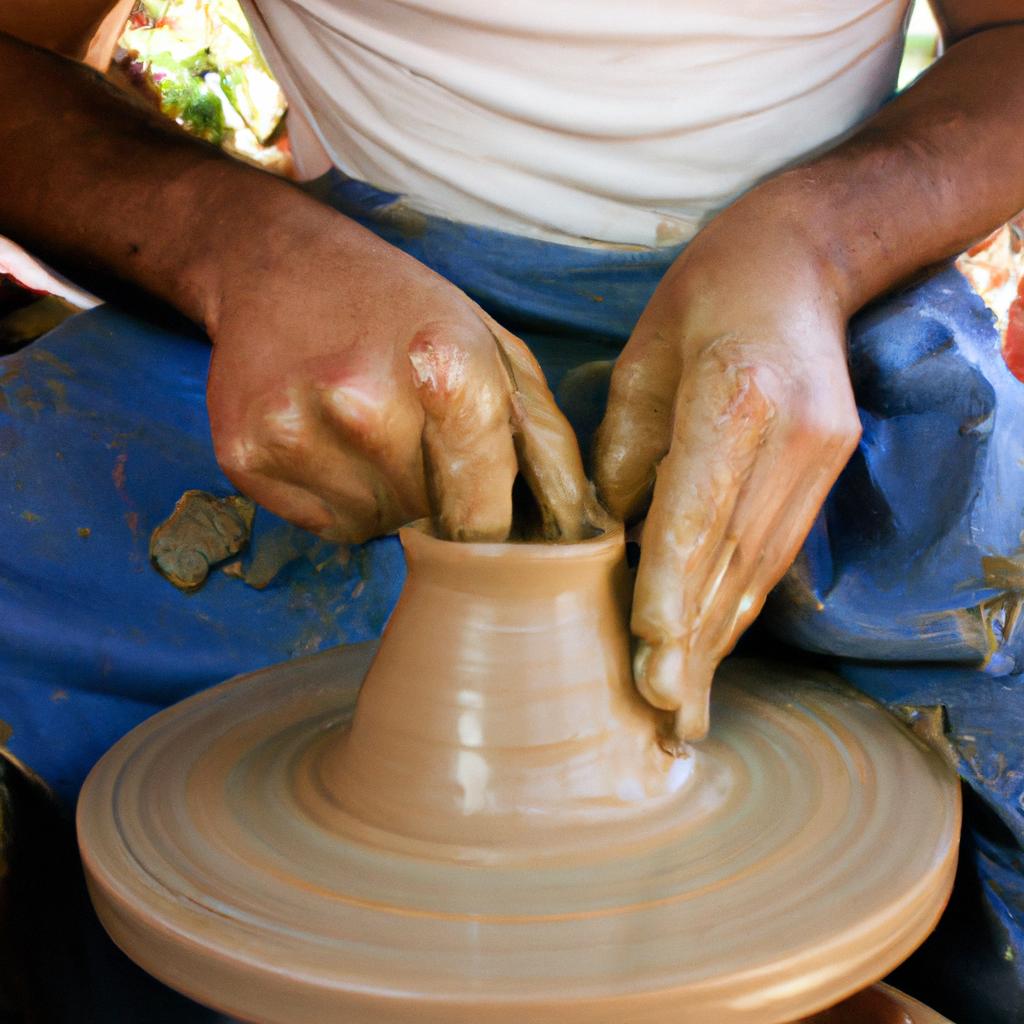
Pottery, a time-honored craft steeped in history and tradition, has captivated the hearts and minds…
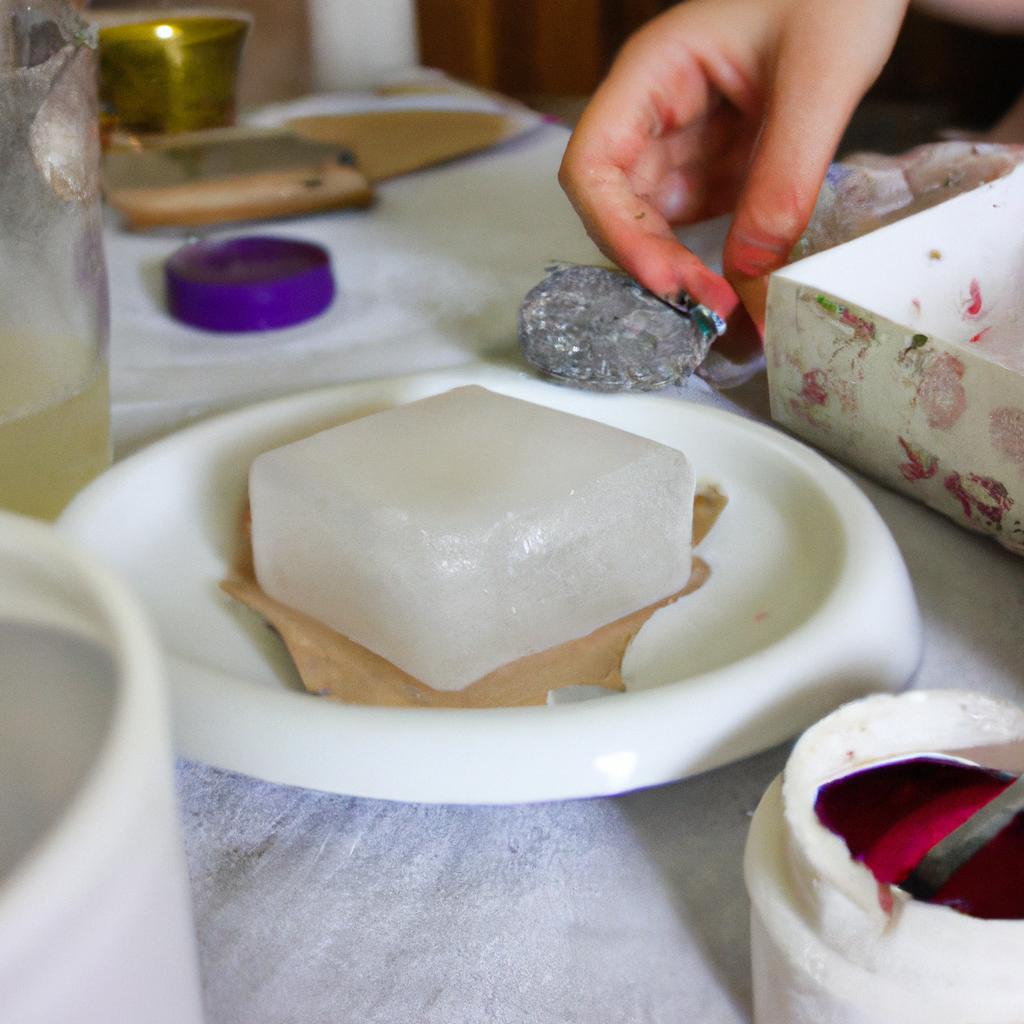
The art of crafting soap is a skill that has been honed and practiced for…

In the world of crafting soap, packaging plays a crucial role in attracting customers and…
